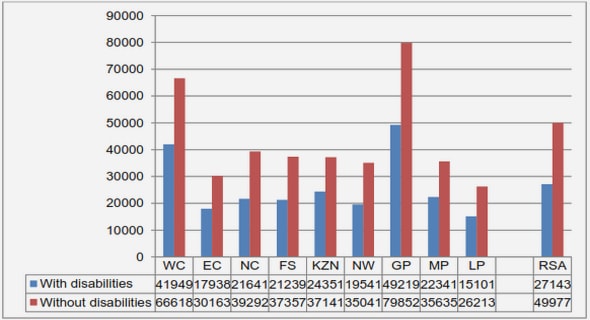(Downloads - 0)
For more info about our services contact : help@bestpfe.com
Table of contents
1 Theoretical background
1.1 Volcano seismology
1.2 Mass Transport Processes at Volcanoes
1.3 Origin, Mechanics and Characteristics of Earthquake Occurrence
I Seismic Signature of Dyke Propagation
2 Brittle creep damage as the seismic signature of dyke propagations within basaltic volcanoes
2.1 Introduction
2.2 Data
2.3 Seismicity patterns during dyke intrusions
2.4 A generic model for dyke propagation in basaltic volcanoes as mapped from VT seismicity patterns
2.5 Concluding remarks
2.6 Data and Resources
3 A Constant Influx Model for Dyke Propagation. Implications for Magma Reservoir Dynamics
3.1 Introduction
3.2 Models of dyke propagation
3.3 Case study: The August 22 2003, Piton de la Fournaise eruption
3.4 Conclusions
4 Space and Time Seismic Response to a 60-Day-Long Magma Forcing. The 2000 Izu dyke Intrusion Case
4.1 Introduction
4.2 Data
4.3 From the earthquake rate to the stress history
4.4 The forcing rate as a tool to estimate the background seismicity in a point process
4.5 The effect of a long duration forcing on a system
4.6 Discussion and conclusions
II Seismic Signature of Simple Volcano Processes
5 Seismic Signature of Magma Reservoir Dynamics at Basaltic Volcanoes, lesson from the Piton de la Fournaise Volcano
5.1 Introduction
5.2 Brittle damage models for PdlF reservoirs dynamics, the State of the Art
5.3 Testing models for PdlF reservoirs dynamics
5.4 Concluding remarks
6 How is Volcano Seismicity Different from Tectonic Seismicity?
6.1 Introduction
6.2 Data
6.3 Analysis of interevent time distributions
6.4 The ETAS model
6.5 Discussion
6.6 Concluding remarks
6.7 Data and Resources
7 Short-Term Forecasting of Explosions at Ubinas Volcano
7.1 Introduction
7.2 Ubinas volcano
7.3 Data
7.4 Long Period seismicity patterns before explosions
7.5 Predictability of explosions from LP earthquake rate on Ubinas volcano
7.6 Discussion and conclusions
General Conclusions
Conclusions G´en´erales
A Line Creep in Paper Peeling
A.1 Introduction
A.2 Methods
A.3 Creep velocity
A.4 Statistical distributions
A.5 Measures of correlated dynamics
A.6 Conclusions
B Rate-and-State friction model
B.1 Earthquake nucleation
B.2 Effect of Stressing History on Earthquake Rate
C Change Point Analysis
Bibliography




